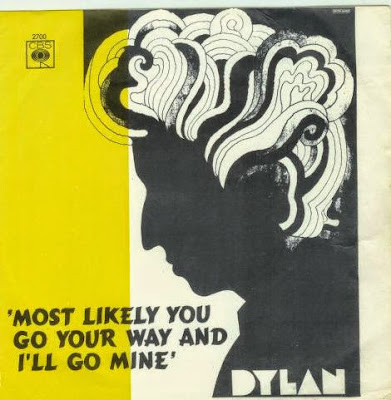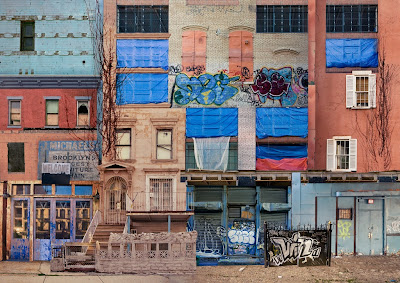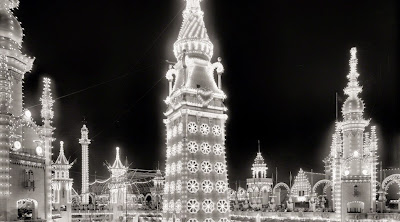
"'It's pretty humbling and amazing to see my photos from when I was a sixteen, seventeen year old kid,' Joe Conzo told the Amoeblog - as seen in the above video clip - speaking last week by the wall of photos on display at Gavin Brown’s Enterprise gallery space on Greenwich Street in the Village in New York City. The exhibit is similar in title and theme as well as contributors to the highly recommended 2007 published book Born In The Bronx that he is an integral part of. 'Born In The Bronx: Afrika Bambaataa, Buddy Esquire, Charlie Ahearn’s Wild Style and Joe Conzo - A Visual Record of the Early Days of Hip Hop' the exhibit that is curated by Johan Kugelberg (editor of the book) runs through July 26th, 2014 at the downtown gallery space and is well worth visiting - and it is free. ..."
Amoeba (Video)
2012 January: The Hip-Hop Family Tree: A Look Into the Viral Propagation of a Culture, 2012 August: ‘Hip Hop Family Tree’ Comics Explain Genesis of the Genre, 2013 October: The Hip Hop Family Tree, 2014 June: Born in the Bronx: A Visual Record of the Early Days of Hip Hop, 2015 April: Hip-Hop Revolution.




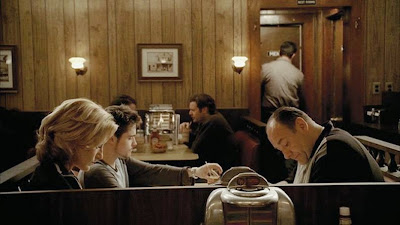




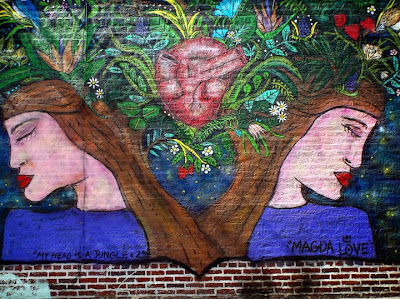
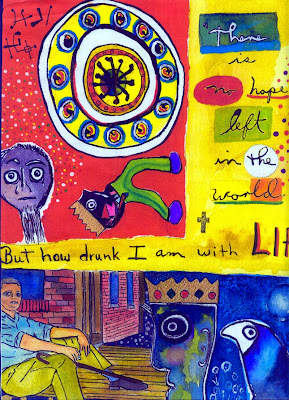






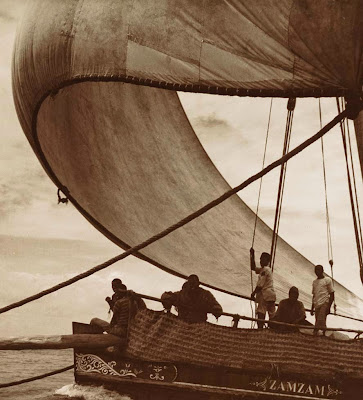




_-_TIMEA.jpg)
